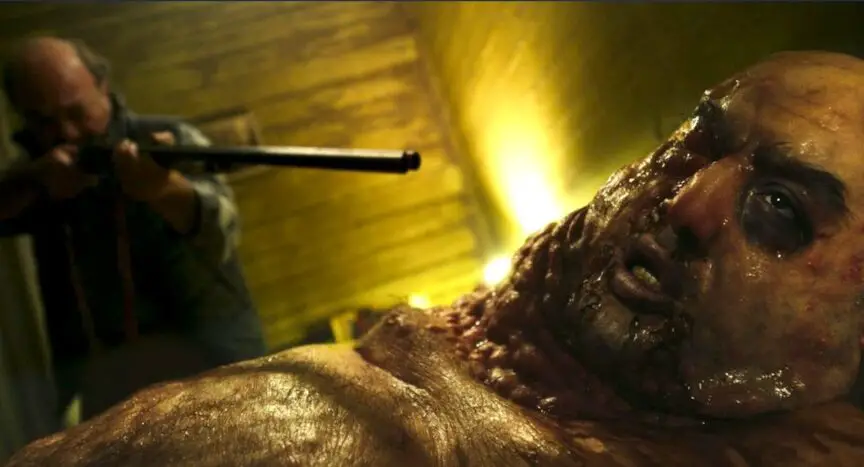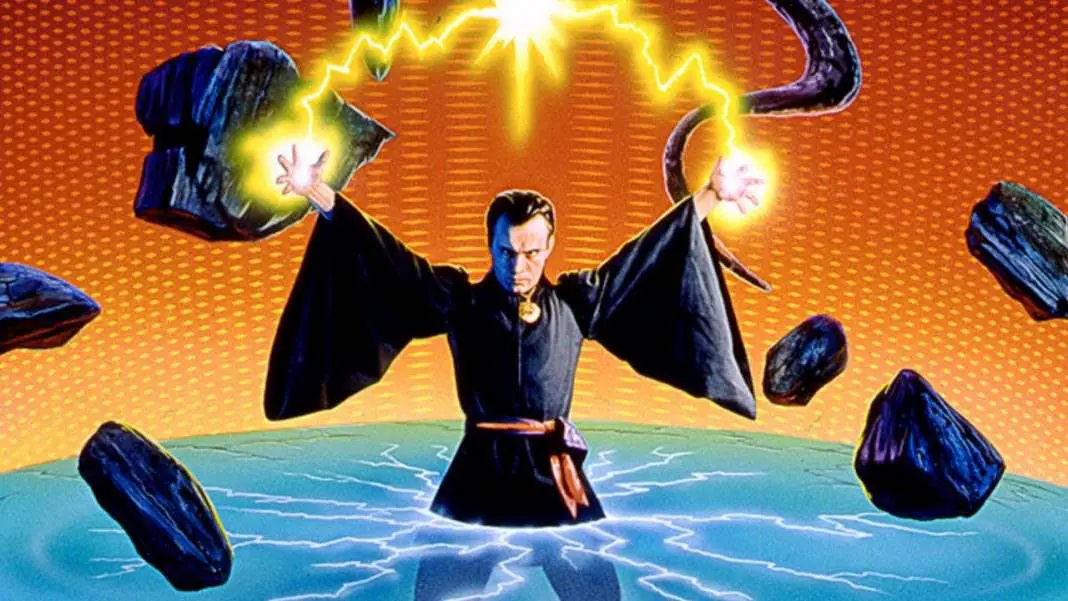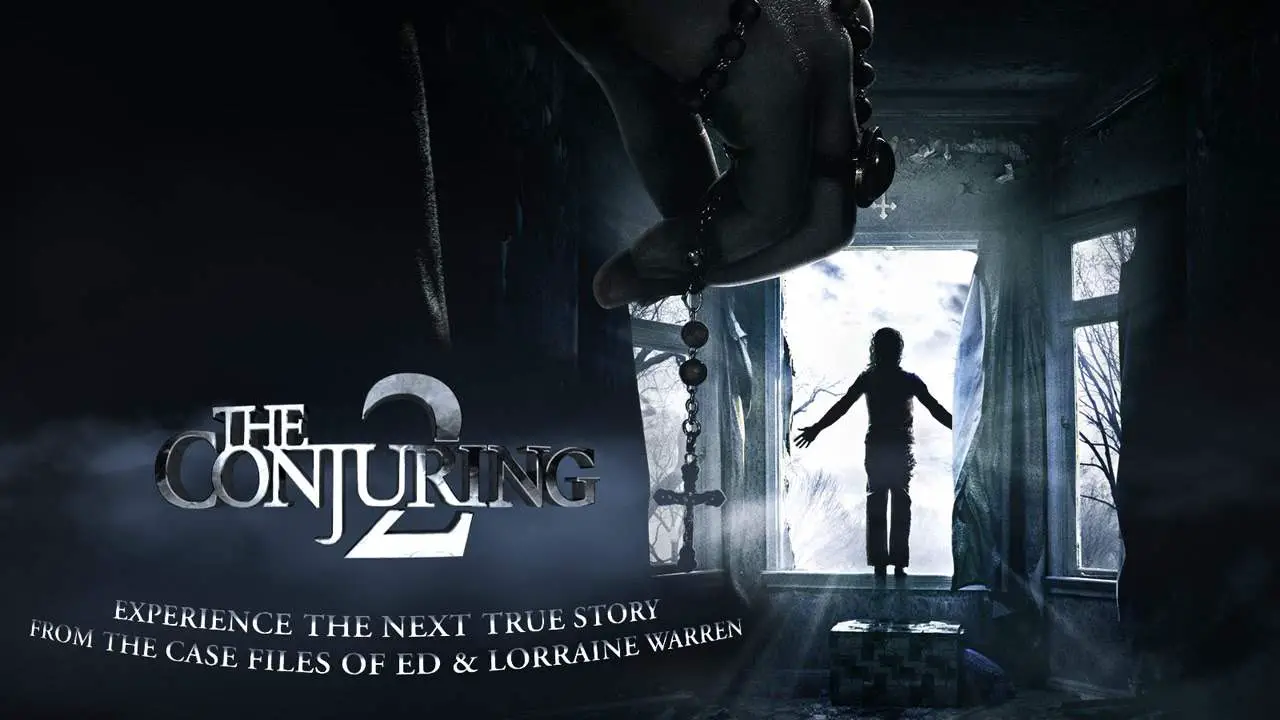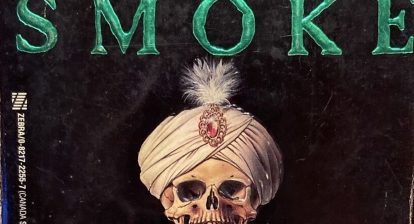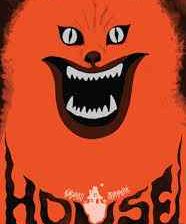Latin American horror cinema has been a hidden gem for decades, overshadowed by Hollywood’s massive industry. However, in recent years, it has begun to make waves at international festivals and on streaming platforms, thanks to its ability to blend folklore, social critique, and striking visual aesthetics. From the Gothic horror of the 1960s to today’s extreme and visceral cinema, the genre has evolved without losing its essence: fear deeply rooted in culture and tradition.
The Origins: Gothic Themes, Witchcraft, and Ghostly Tales
Horror cinema in Latin America was largely influenced by German Expressionism and classic Hollywood horror. A key milestone in this early stage was Lupita Tovar’s role in Dracula (1931), the Spanish-language version of Tod Browning’s classic directed by George Melford. Her impact helped lay the foundation for horror cinema in Mexico, paving the way for early productions that merged the genre with unique cultural elements.
Filmmakers like Carlos Enrique Taboada in Mexico made a lasting mark with films like Even the Wind Is Afraid (Hasta el viento tiene miedo) (1968) and The Book of Stone (El libro de piedra) (1969), which relied on Gothic atmospheres and haunted house narratives but remained deeply rooted in local beliefs. In Brazil, This Night I Will Possess Your Corpse (Esta Noite Encarnarei no Teu Cadáver) (1967) by José Mojica Marins introduced the iconic Coffin Joe (Zé do Caixão), a demonic yet philosophical figure who broke away from traditional Western horror villains.
Meanwhile, Argentina produced horror films inspired by its own myths, such as Nazareno Cruz and the Wolf (Nazareno Cruz y el Lobo) (1975), a lyrical and tragic take on the werewolf legend.

The Evolution of Fear: From the Paranormal to the Visceral
In the 1980s and ’90s, Latin American horror began incorporating elements of slasher and gore cinema but with a unique twist. Films like Alucarda (Mexico – 1977) by Juan López Moctezuma blended religious horror with body horror in a style reminiscent of Dario Argento’s Suspiria but with a wilder intensity.
In the ’90s, horror cinema in the region saw a decline in production, but the 2000s brought a resurgence with innovative approaches and a renewed focus on indigenous narratives.
A Unique Subgenre: Lucha Libre and Horror
Mexico developed a one-of-a-kind subgenre within horror: the combination of lucha libre and terror. Films starring iconic wrestlers like El Santo and Blue Demon, such as El Santo against the Mommies of Guanajuato (Santo vs. las Momias de Guanajuato) (Mexico – 1972), pitted luchadores against vampires, zombies, and other folkloric creatures. Though considered B-movies, these productions became cult classics, showcasing Mexican cinema’s creativity in blending popular culture with horror.

Myths and Legends as the Fuel of Modern Horror
One of the greatest strengths of contemporary Latin American horror is its ability to reinvent popular myths and legends. While Hollywood often recycles European fairy tales or urban legends, Latin American filmmakers have turned their folklore into an endless source of nightmares.
- When Evil Lurks (Cuando acecha la maldad) (Argentina – 2023) by Demián Rugna reinvents the concept of the “possessed” with a brutal narrative and chilling realism that breaks away from conventional exorcism films.
- The Weeping Woman (La Llorona) (Guatemala – 2019) by Jayro Bustamante is not just another take on the wailing spirit who haunts children—it’s a political horror film using the legend to address Guatemala’s Maya genocide.
- The Virgin of the Quarry Lake (La Virgen de la Tosquera) (Argentina – 2025) by Laura Casabé avoids traditional coming-of-age archetypes, instead portraying characters driven by desire, fear, and uncertainty.

The Paranormal in Latin American Cinema
Latin American cinema has also excelled in exploring paranormal horror through fresh and terrifying narratives. Two key examples include:
- The Light on the Hill (La Luz en el Cerro) (Peru – 2016) by Ricardo Velarde, which blends mystery and horror in the Peruvian Andes, delving into local myths and hidden secrets.
- Sorcery (Brujería) (Chile – 2023) by Christopher Murray, which immerses the viewer in the dark rituals of Chiloé, Chile, with a haunting and unsettling atmosphere.
The Future of Latin American Horror
As more filmmakers and independent studios explore their own traditions, Latin American horror continues to establish itself as a space for experimentation and social reflection. Its combination of psychological, political, and body horror makes it one of the most exciting movements in the genre today.
For North American audiences looking for unique and thought-provoking stories, Latin American horror offers a terrifying and enriching experience—where fear doesn’t just come from ghosts and creatures but also from the historical and cultural scars of a region with a long tradition of chilling tales.
Next time you search for a horror film, dare to cross the border—Latin American horror has a lot to offer
